On October 17, 2002, a complaint was submitted to the Board about planned road deactivation in the Tangier River and Woolsey Creek watersheds. Deactivation plans included imminent removal of a bridge over the Tangier River. The complainant is a trapper, and he said the deactivation would prevent him from safely accessing his registered trap line. The complainant believed that the Ministry of Forests had not given him enough time to move his trap line cabin across the bridge so that it would be accessible after the bridge was removed.
The Forest Practices Board has completed an assessment of the health of riparian areas subject to cattle grazing on Crown land across four forest districts in the southern half of British Columbia. Ten indicators of riparian health, or proper functioning condition, were measured at 391 sites in Cranbrook, Kamloops, Horsefly and Penticton districts. Half of the sites were on streams and half on wetlands and lakes.
Cattle lightly use the majority of riparian areas. Approximately 12 percent of riparian areas are heavily used based on our estimates of forage utilization. Overall, 71 percent of the sites are at proper functioning condition, 16 percent are functional at risk and 13 percent are non-functional. Significant differences were found between districts, with the percentage of sites at proper functioning condition ranging from 49 percent to 97 percent. The largest proportion of sites at proper functioning condition occurred in the moister biogeoclimatic zones, while the drier zones had the greatest proportion of nonfunctional sites. Riparian health scores and faecal counts in riparian areas were better in community watersheds than elsewhere. Individual pasture management was found to be a significant factor in maintaining riparian health.
The July Creek Ratepayers Association (the complainant) expressed its concerns about arsenic to the Ministry of Forests (MOF) Boundary Forest District at a meeting in 1998. The district manager ordered a watershed assessment for July Creek. A representative of the association participated on a watershed advisory committee that oversaw the watershed assessment. The assessment was completed in November 1999, and did not identify any significant hydrological concerns for the proposed cutblocks or road-building within the assessment area.
Pope and Talbot Ltd.’s (the licensee) 1999 forest development plan (FDP) was approved shortly after, in December 1999. However, cutblocks planned within the July Creek watershed were changed from category A (for approval) status to category I (for information only) status prior to the plan approval because the watershed assessment was not available during the review and comment period.
In September 2000, the Golden branch of the East Kootenay Environmental Society complained to the Forest Practices Board about a proposed logging road across the Cummins River on the east side of Kinbasket Reservoir in the Columbia Forest District. The complainant asserted that the road will allow a timber transfer to Revelstoke, benefiting that community over Golden, and that the road will have a destructive effect on mountain caribou and grizzly bear populations of the area. Further, the complainant was concerned that the forest development plan (FDP) review and comment process was unfair. The complainant suggested that moving the wood by barge on Kinbasket Reservoir might be in the Crown's best economic and ecological interests.
In May 2000, the Concerned Residents of Sheep Creek complained to the Board that logging had damaged the Lussier River watershed. The complaint concerns harvesting approved by the Ministry of Forests in 1998 in Coyote Creek and Nichol Creek, both tributaries of the Lussier River. The complainant asserted that: continued logging has worsened erosion of private and public lands; not enough timbered wildlife habitat has been retained; the forest development plan review and comment process was inadequate; and Ministry of Forests staff provided misleading information about the status of harvested areas in the watershed. Crestbrook Forest Industries Ltd. (the licensee), now Tembec Industries Inc. (Tembec), had not completed the approved harvesting by May 2000. The licensee's intention to continue logging the approved cutblocks prompted the complaint.
